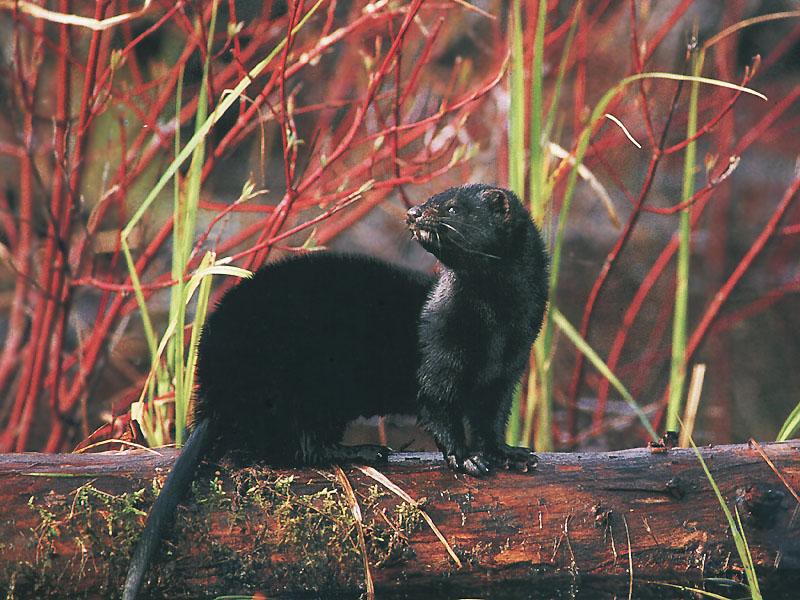|
| Query: weasel | Result: 149th of 242 | |
American Mink (Mustela vison) <!--아메리카밍크-->
| Subject: | American Mink (Mustela vison)
| |

| Resolution: 800x600
File Size: 98647 Bytes
Upload Date: 2004:12:21 16:34:22
|
From: don@wildlife.net (Don)
Newsgroups: alt.binaries.pictures.animals
Subject: Weasel Family - mink_05.jpg (1/1)
Date: Fri, 30 Jan 1998 18:05:58 GMT
|
Comments |
|---|
| | michael d. gerrity |
|
| is it possible that the mink I saw could have had hazel or green eyes and an even coat of black fur with brown specs almost calico? |
^o^
Animal Pictures Archive for smart phones
^o^
|
|
|